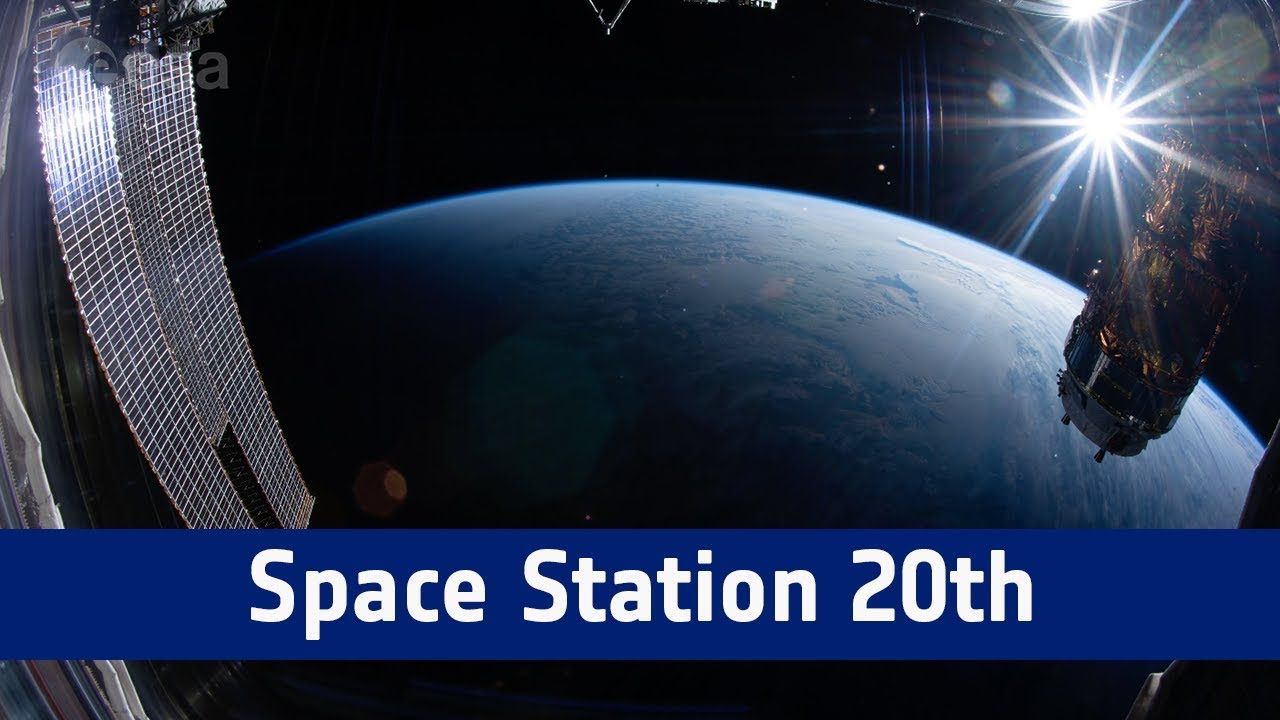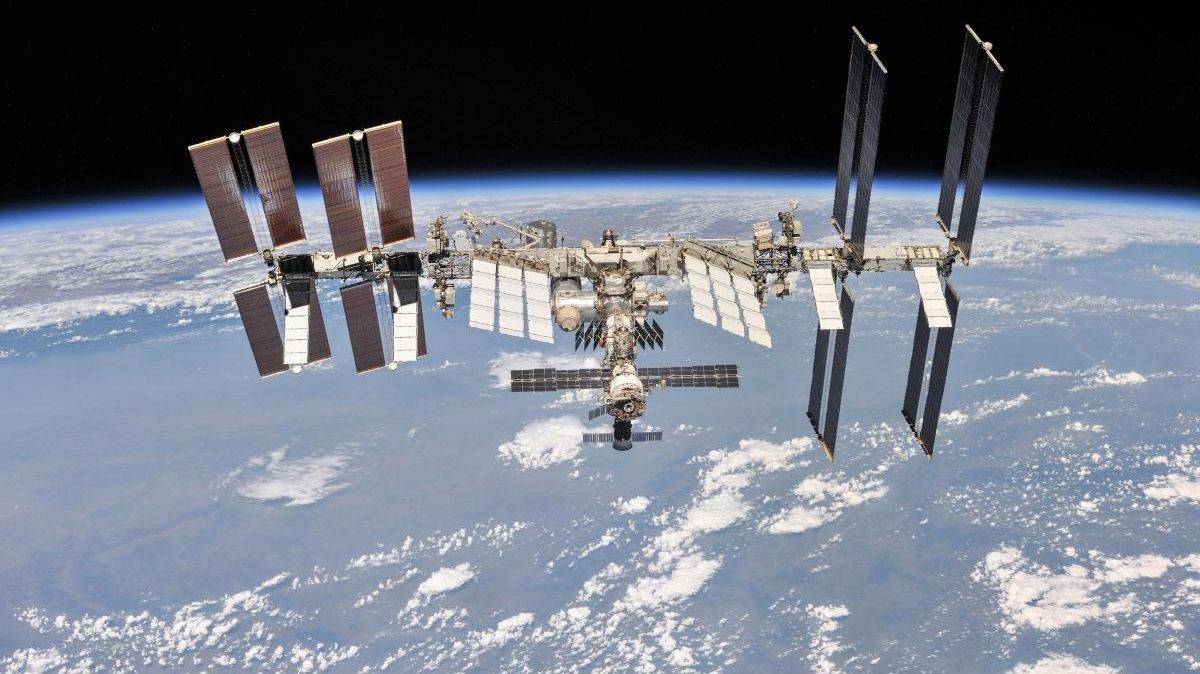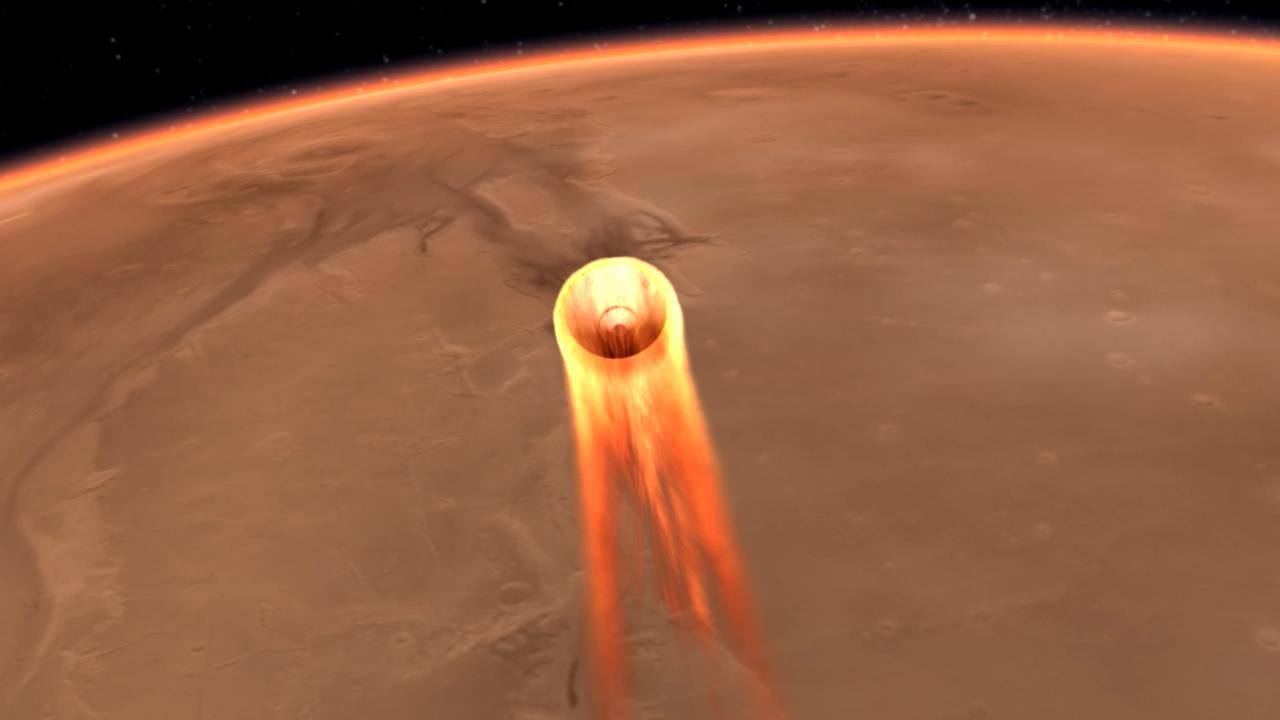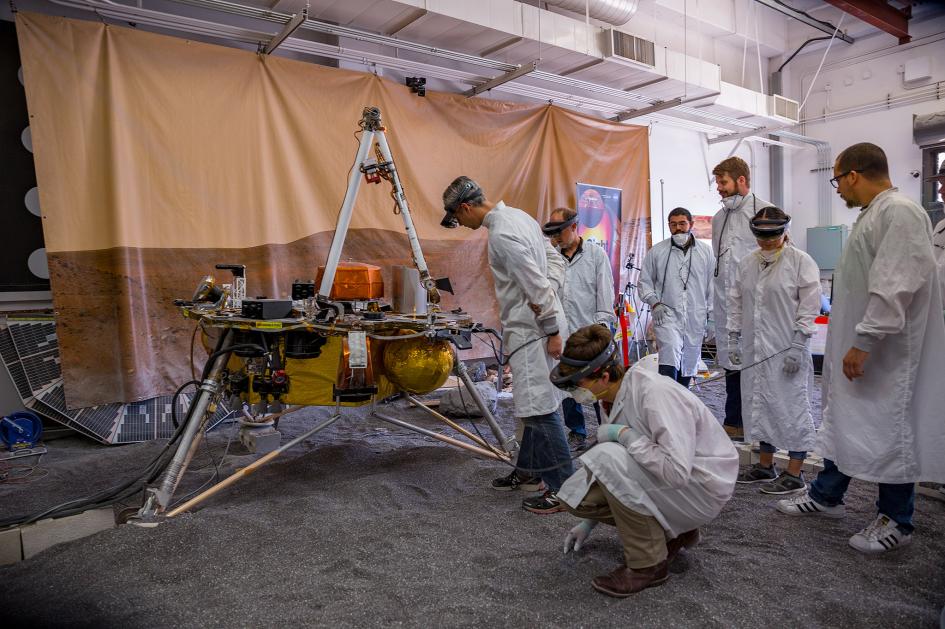Archive for the ‘space’ category: Page 787
Nov 24, 2018
Scientists find elephant-sized creature that lived with dinosaurs
Posted by Genevieve Klien in categories: food, space
Dinosaurs weren’t the only colossal creatures roaming Earth 200 million years ago. A new fossil discovery suggests they shared the planet with a plant-eating beast that resembled a rhinoceros with a turtle’s beak.
Nov 23, 2018
Amazing time-lapse video of a rocket launch… seen from space!
Posted by Genevieve Klien in category: space
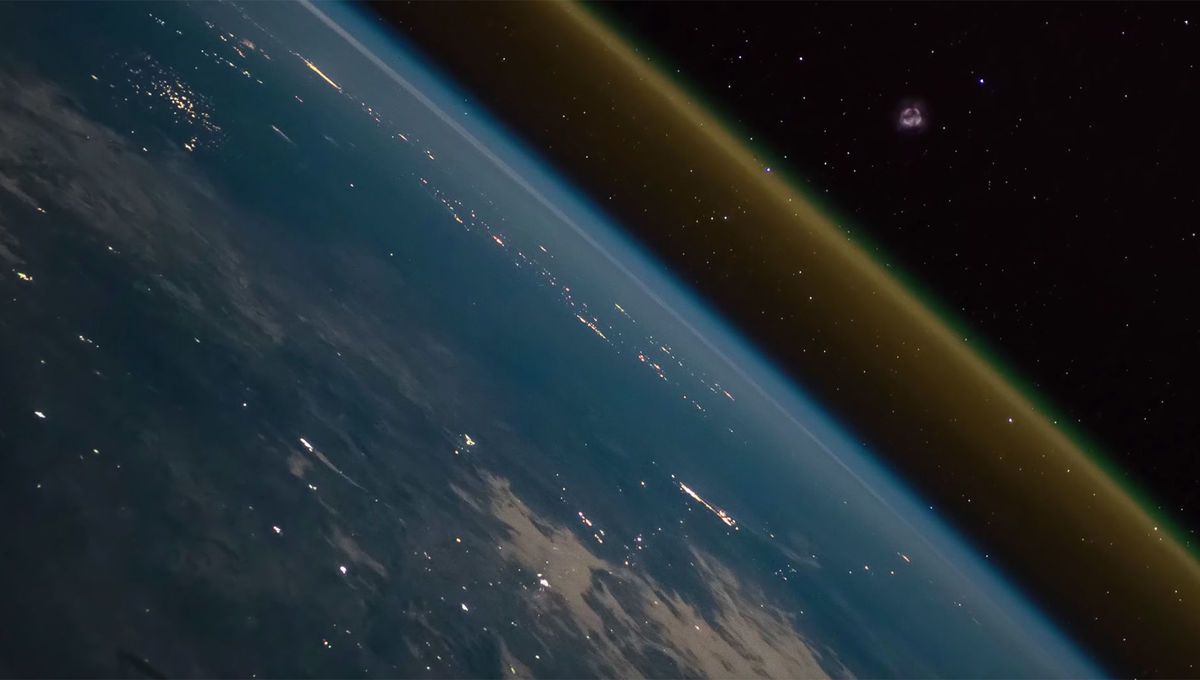
INCREDIBLE time-lapse video of a rocket launching a resupply ship to the International Space Station… as seen from ISS itself!
Nov 23, 2018
These Precision Parts 3D-Printed From Fake Moon Dust Bring Us One Step Closer to Living on Mars
Posted by Genevieve Klien in categories: 3D printing, space
Mars is lacking in the vast supply of natural resources we’ve come to rely on here on Earth, and astronauts attempting to colonize, or even just visit, the red planet can only bring a limited supply of materials with them. Learning to make do with what Mars has to offer is one of the biggest challenges of visiting our nearest neighbor, but the results of the European Space Agency’s latest 3D-printing experiments prove it isn’t impossible.
We’ve sent probes and rovers to Mars, but to date it’s only been a one-way trip. Our knowledge of what Mars is made from is limited to what Spirit and Opportunity can learn from samples, and studying Martian meteorites that have made their way to Earth. Like our moon, if there’s one thing Mars isn’t lacking, it’s dust. So as a stand in for genuine Mars ingredients, researchers have turned to a simulated version of lunar soil, also known as lunar regolith.
Nov 23, 2018
International Space Station infested with mysterious space bugs leaving astronauts at risk of ‘serious harm’
Posted by Sidney Clouston in categories: biotech/medical, space
THE International Space Station is infested with mysterious space bugs that may be leaving astronauts at risk of ‘serious harm’, according to a new study.
Scientists discovered a thriving ecosystem of “infectious organisms” aboard the station which are similar to bugs found in hospitals on Earth.
A NASA team found five different varieties of Enterobacter, with researchers calculating that there is a “79% probability that they may potentially cause disease”.

In this episode of #EarthfromSpace, the Copernicus Sentinel-3A satellite takes us over the Gulf from the ESA Web TV studios.
Download the image: http://www.esa.int/spaceinimages/Imag…
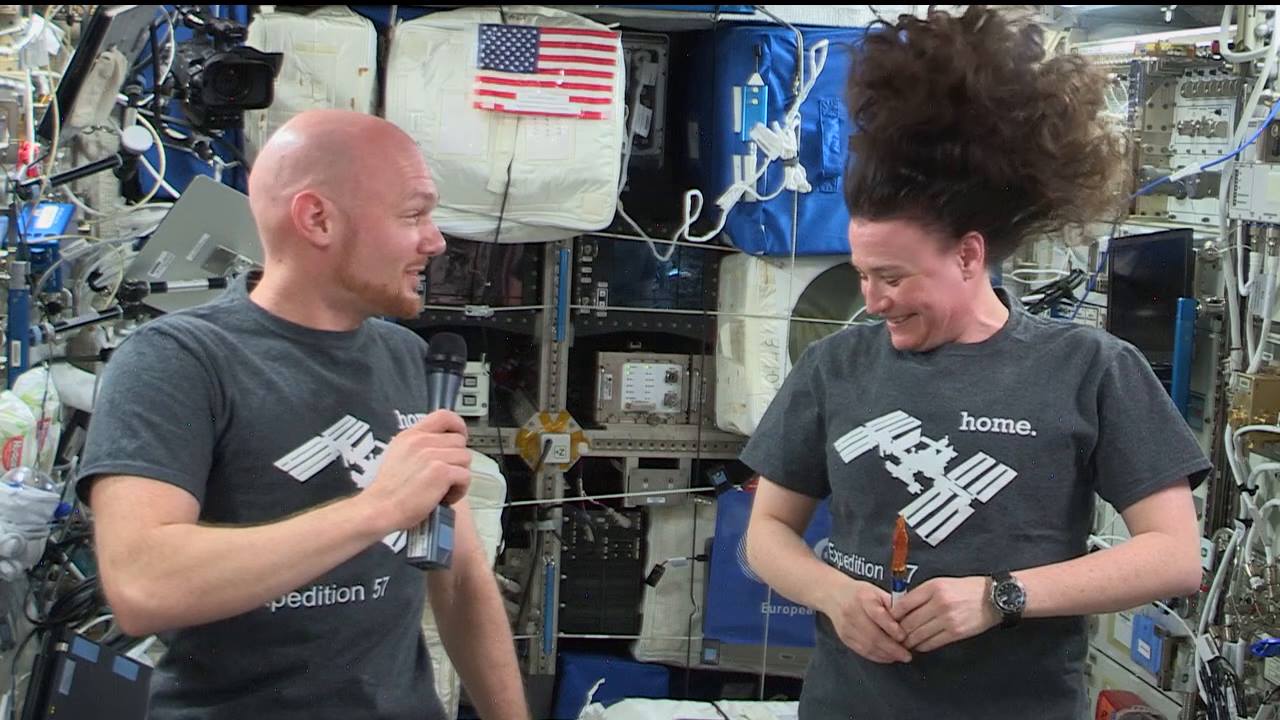
Join crew members Alexander Gerst and Serena Auñón-Chancellor as they get ready for #Thanksgiving aboard the International Space Station with poundcake and candied yams. Watch: https://go.nasa.gov/2qZt4LY
Nov 22, 2018
It’s time for a 🙌 TOUCHDOWN
Posted by Michael Lance in categories: entertainment, space
No, we’re not talking about the #Thanksgiving day games, but rather our Mars InSight lander mission is on course for a touchdown with a #MarsLanding on Monday, Nov. 26. Learn about how the mission is on track to make this touchdown: https://go.nasa.gov/2qZDdZ2
